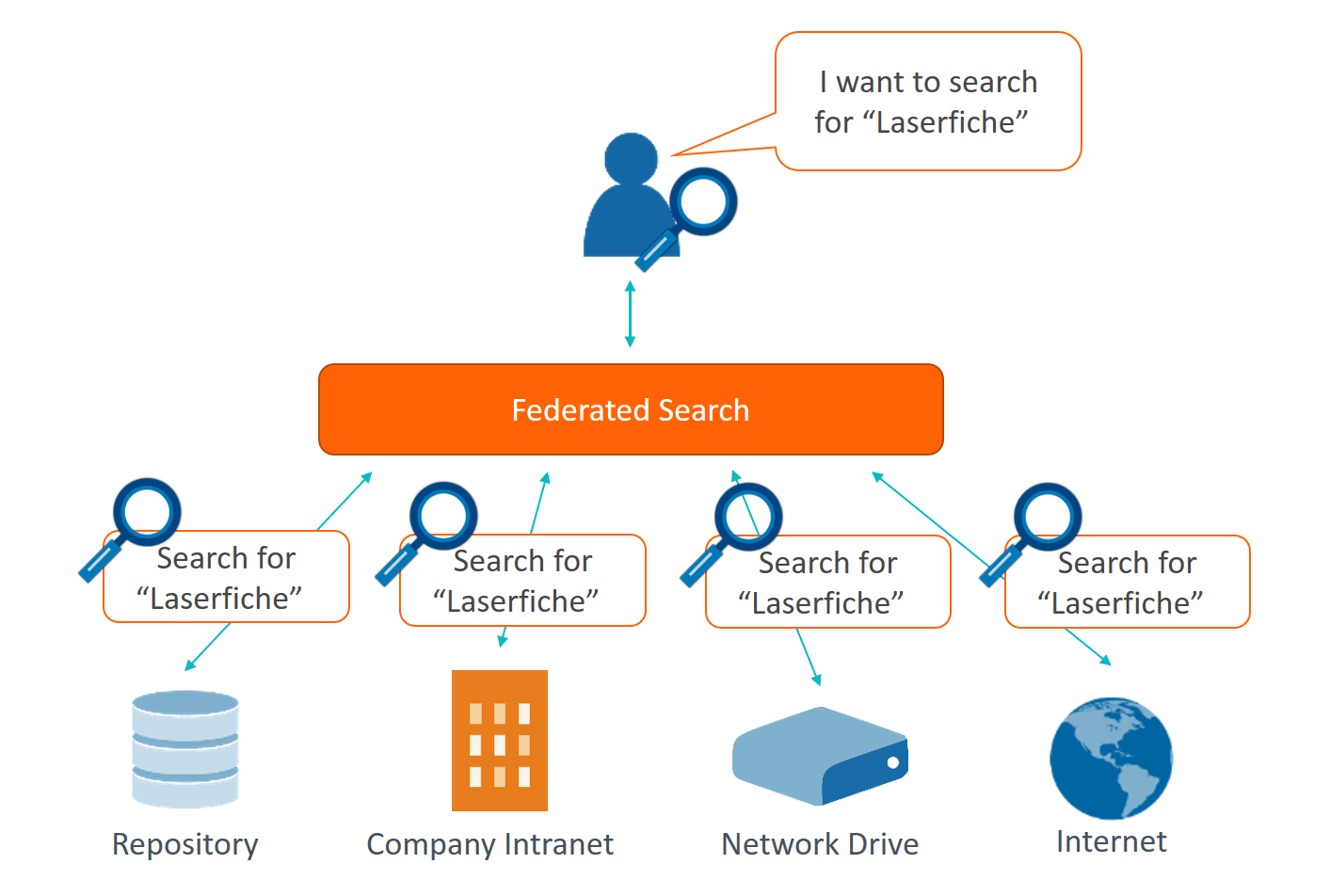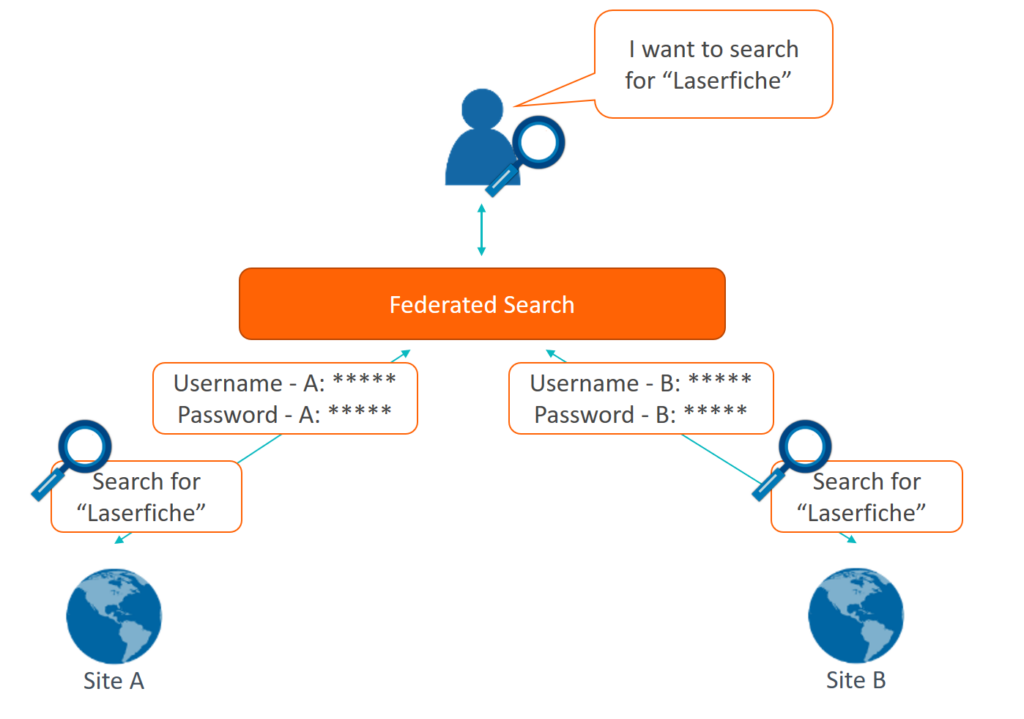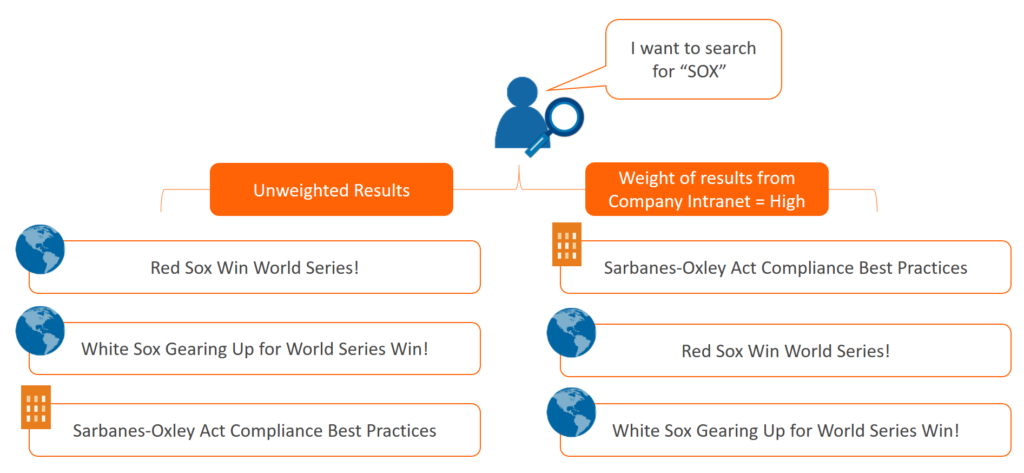The South Africa bank’s fleet management division nearly eliminated manual tasks, more efficiently utilizing existing resources and exponentially growing its business.
My name is Justin Thomas. I work for Standard Bank Group it’s bank in Africa. I head up strategic alliances for Standard Bank fleet management as well as product development. Our bank is 150 years old so it’s got legacy platforms, legacy systems, it comes with a history that the journey we went on was essentially to look for systems that could support our growth and being able to support our customers in a manner that they expect.
Essentially what we did with Laserfiche was digitize the start to the end process. So, on receipt of a quotation all the way to sourcing a vehicle, providing a customer a quotation, to then disbursing the vehicle to the client. That entire process was Laserfiche essentially. We made sure that the whole distribution of work became a lot more structured. It was a lot more planned in terms of staff workforce capability and we saw immediate benefit in that particular spec, so we were losing mails and customers were complaining and that was no longer the case. Every mail was captured, every email was tracked, we could determine when it came in and when it was executed which gave us a lot of comfort in terms of the service we are offering to our customer.
Our business is also growing exponentially and one of the factors we’ve always been concerned about is the more we put scale on the more we have to resource accordingly. What the Laserfiche implementation has done is it has given us comfort that we can comfortably put more business on without having to increase resourcing commensurately. We are able to now use our existing resourcing in a much more efficient manner.
The advice I would give to a future Laserfiche users would be to have a purpose in mind in terms of what they want to achieve. Make sure you get the right people involved in your projects get people that that are open to a different approach and let them guide the process.
One of the things we realized is that the closer we could bring the Laserfiche guys to our particular business decision makers, the easier the sell, the easier the value was seen and then make sure that everybody has the vision, where this business is going to or where your business is going to.
I think the journey we are on with Laserfiche is something that is really going to transform our business. It’s one element of what we’re busy with but it’s a big element. We are appreciative of that.
 Figure 1: Use Federated search to gather results from multiple sources simultaneously.
Figure 1: Use Federated search to gather results from multiple sources simultaneously.

